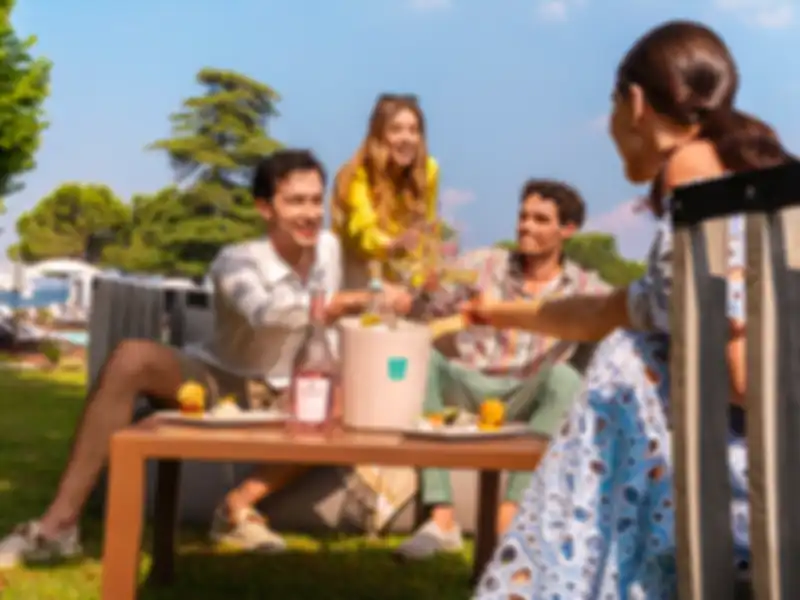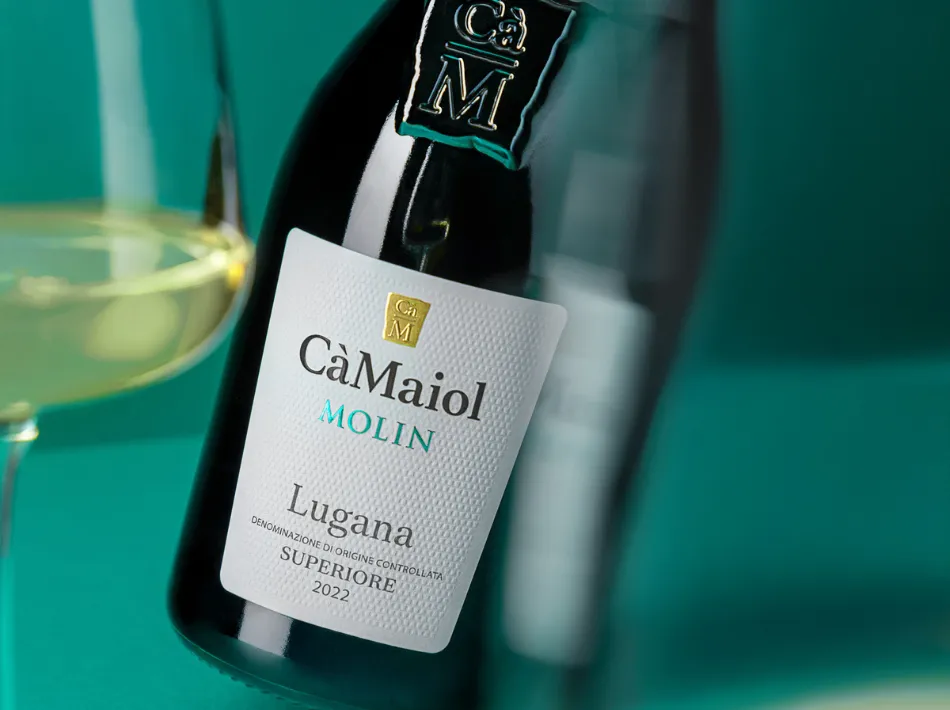Wine, nicknamed “the nectar of the gods,” has always woven an unbreakable bond with conviviality. Since ancient times, this drink has accompanied festive moments, religious celebrations and social gatherings, becoming a symbol of sharing, friendship and pleasure. In this article, we will trace the origins and history of the millennial link between wine and conviviality, discovering how this drink has always been able to unite people and create moments of genuine joy.
The origins of the link between wine and conviviality
The roots of the connection between conviviality and wine go back to antiquity, when early civilizations discovered the intoxicating and socializing power of this beverage. As early asancient Egypt, wine was considered a gift from the gods and was used in religious rites and celebrations to foster communion between humans and the deities.
In classical Greece, wine was at the center of symposia, convivial banquets during which philosophy, politics and art were discussed, accompanied by music and dancing. The god Dionysus, deity of wine and intoxication, represented ecstasy, joy and liberation from inhibitions, perfectly embodying the spirit of conviviality associated with this drink.
Even in ancient Rome, wine was the protagonist of feasts and banquets, a symbol of abundance and prosperity. The god Bacchus, the Roman equivalent of Dionysus, was celebrated with great festivities, the Bacchanalia, during which wine flowed freely, promoting merriment and socializing.
The history of the link between wine and conviviality
Over the centuries, the link between wine and conviviality has been consolidated, crossing different eras and cultures. In the Middle Ages, wine was present on the tables of nobles and peasants, accompanying meals and festive occasions. In monasteries, monks devoted themselves to wine production, refining winemaking techniques and contributing to the spread of this beverage throughout Europe.
In the Renaissance, wine became a staple of culture and art, celebrated by poets, painters and sculptors. Renaissance banquets were true works of art, in which wine, often flavored with spices and herbs, was the undisputed star.
With the advent of themodern age, wine has continued to be a symbol of conviviality, adapting to social and cultural changes. Today, wine can be found on many occasions, from informal aperitifs to elegant dinners, from picnics in the countryside to parties with friends.
The wines of Cà Maiol, a symbol of wine as conviviality
Cà Maiol wines are the perfect toast for any occasion of conviviality. Each bottle is an invitation to discover new flavors and experiences that taste of freedom and spontaneity.
Lugana Prestige and Lugana Superiore Molin, with their elegance and freshness, are perfect for accompanying moments of relaxation and chatting with friends. Valtènesi Riviera del Garda Classico Chiaretto, with its rosy color and delicate taste, is ideal for aperitifs and summer dinners. Valtènesi Riviera del Garda Classico Groviglio, on the other hand, with its elegance and pleasantness, is perfect for special occasions and important dinners. Finally, Cantariva Brut Lugana DOC Metodo Classico, with its fine and persistent perlage, is ideal for toasting life’s finest moments.
In conclusion, the link between wine and conviviality is a cultural heritage to be preserved and enhanced. Wine is not just a drink but an experience to be shared, a way to create bonds and celebrate life. Cà Maiol wines, with their quality and authenticity, are ideal to accompany these special moments, bringing a touch of joy and conviviality to the table. Discover our bottles in the Cà Maiol online shop.



